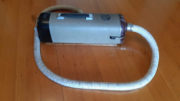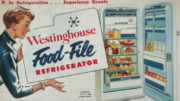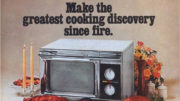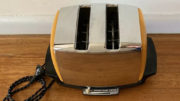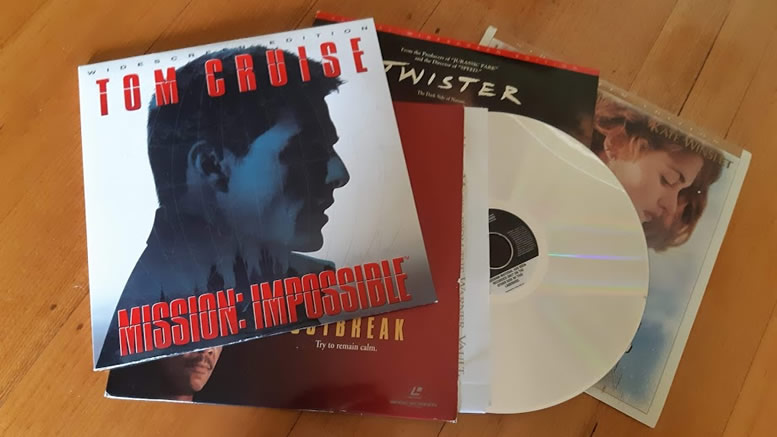 Also called a video disc, The Laserdisc is a disc with pictures and sounds recorded on it. It is played back by laser. The material recorded onto the video disc is stamped on to the disk in a similar same way that compact disc are produced. As with the early CDs the home use cannot record onto a Laserdisc.
Also called a video disc, The Laserdisc is a disc with pictures and sounds recorded on it. It is played back by laser. The material recorded onto the video disc is stamped on to the disk in a similar same way that compact disc are produced. As with the early CDs the home use cannot record onto a Laserdisc.
The earliest disc to contain recorded images appeared in 1928 when the Scottish inventor John Logie Baird developed the Phonodisc. This was a 250 mm, 78 rpm record, similar to the discs being produced for sound recording at that time. On the Phonodisc a 30-line television signal was recorded. Despite its novelty, the Phonodisc was not a commercial success and was abandoned in 1936.
In 1978, Philips and Sony brought video discs on to the market. Called the Laserdisc, it recorded images and sound as tiny pits on the surface of the disc. Pioneer made use of the format as a form of karaoke entertainment which made the format popular in commercial circles of Asia. Laserdiscs were never really widely accepted as the discs could not be used to record and viewers were restricted to pre-recorded films. In addition, the hardware was expensive and only the very serious video buff were purchasing the home laserdisc format. The average user was very happy with videotape due to its recording capabilities. Betamax had been released in 1975 by Sony and VHS by JVC in 1976, so when it come to choosing a video format consumers were spoilt for choice.
Limited media availability was a problem in many parts of the world, the format was largely ignored in Europe but faired a bit better in the USA, In Australia the Laserdisc was unpopular due to the fact that the major film distributors there refused to support the media for the Laserdisc, leaving only a few company’s parallel importing discs which was illegal. In contrast Asia’s love of anime and karaoke saw lots of available content and in turn lots of buyers of the format.
Despite a last push from the format to showcase its superior video and audio capabilities as well as upgrades to the standard which brought in AC3 digital sound, Laserdiscs were largely been superseded by the DVD format which was based on a two layer CD. The DVD format was easier to handle and cheaper to manufacture than a laserdisc or even VHS tapes. By the time DVD was released in 1997 the Laserdisc format was pretty much over in most parts of the world, only Pioneer who had always been popular with the karaoke scene continued to produce players and even started producing DVD/laserdisc combo machines in 1996. Their last units were a range of combo DVD/LD players that were released in 2009, all tailored to the karaoke market who by this time had also mostly moved onto DVD.
Today Laserdisc is often considered a forgotten format only supported by a loyal group of videophile collectors. Quality used players is often sold at crazy prices as working hardware gets harder to find. DVD’s popularity throughout the 90’s and 2000’s is proof that a playback only video format could become popular, but it had the benefit of better support at the video store, cheaper media and player prices thanks to better competition in the marketplace. DVD’s higher quality successor, the Blu-ray has not had the following that DVD once had, mostly in part to its higher prices for media and the advent of streaming video. Maybe one day both Blu-ray and DVD will both appear along side the Laserdisc in the museum of forgotten video formats.

